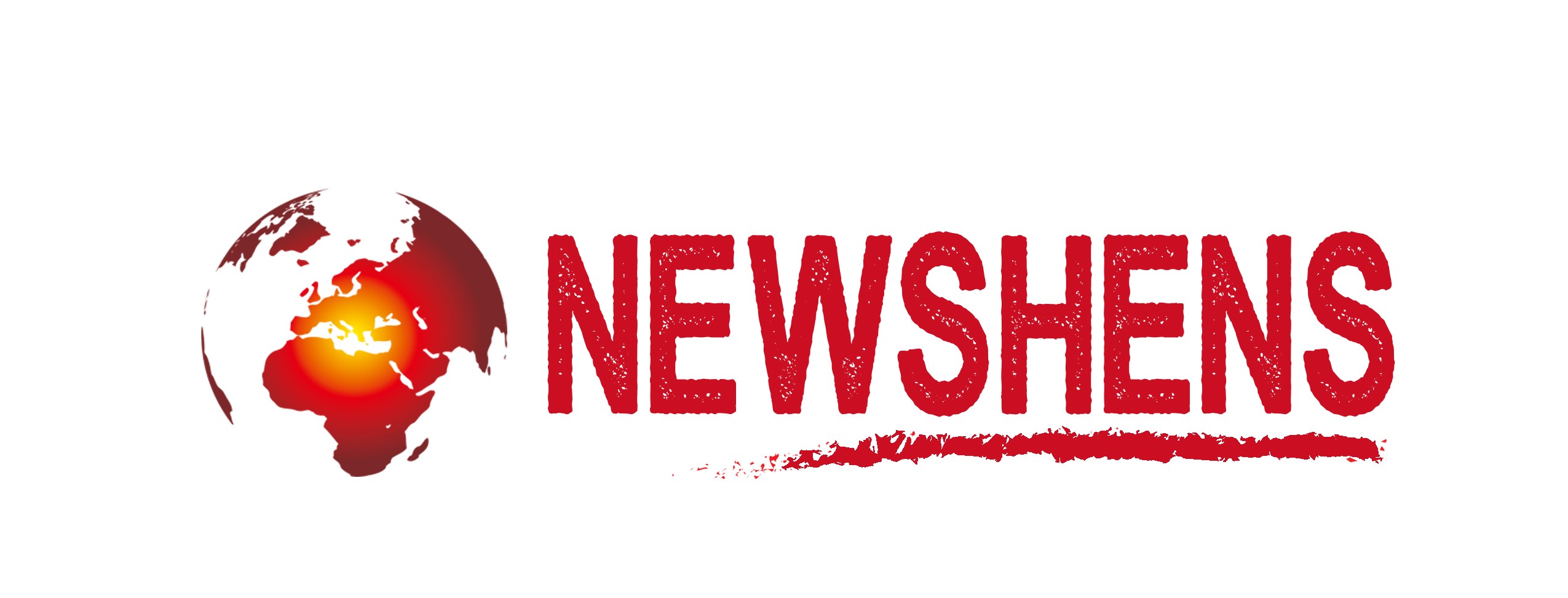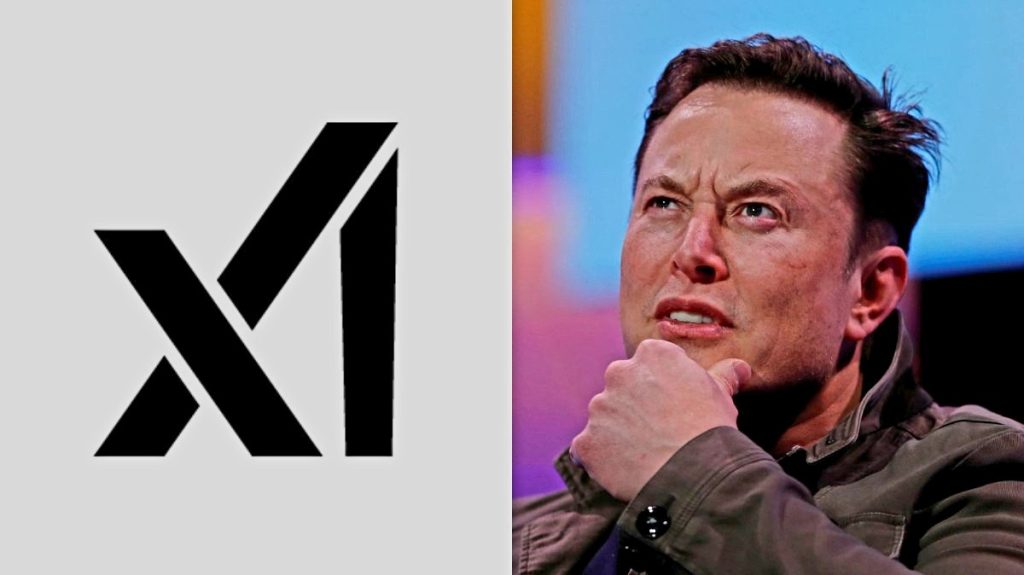Elon Musk has recently revealed plans for his artificial intelligence startup, xAI. Musk informed investors that xAI is working on creating a supercomputer. It enhances its AI chatbot, Grok. The goal is to have this supercomputer up and running by the fall of 2025. Elon Musk xAI supercomputer Musk also mentioned a potential partnership with Oracle to assist in developing the supercomputer. However, both xAI and Oracle have not provided immediate responses when asked for comments. The supercomputer will be made up of interconnected groups of Nvidia’s top-of-the-line H100 GPUs. It will be much larger than any currently available, at least four times the size, as per Musk’s presentation to investors in May.Nvidia H100 GPUs are a popular choice for AI tasks in data centers due to their high performance. The demand for these chips is high. It is making them difficult to acquire. Musk’s decision to use Nvidia’s technology for his supercomputer project highlights the company’s dominance in the market. Aim of xAI supercomputer Musk’s xAI project aims to compete with major players like Microsoft’s OpenAI and Google, despite Musk being a co-founder of OpenAI. Musk’s Grok AI model currently requires 20,000 Nvidia H100 GPUs, with future versions needing up to 100,000 chips. This shows Musk’s ambition to develop more advanced AI systems. On another topic, Neuralink, another project by Musk, got the green light from the FDA for its initial human trial. The goal is to connect brains to computers with microchips. These chips, which have been tested on monkeys, can decode brain signals and send data through Bluetooth. Neuralink aims to help people with paralysis and blindness, enabling them to utilize technology better. Despite facing obstacles like safety issues and technical difficulties, Neuralink’s mission to improve human capabilities with brain-computer interfaces is still captivating. Neuralink has been granted approval by the FDA for its first human clinical trial. The objective is to establish a direct connection between brains and computers using microchips. These microchips have been tested on monkeys, can interpret brain signals and transmit information wirelessly through Bluetooth. Neuralink aspires to address conditions such as paralysis and blindness. It will empower disabled individuals to make more effective use of technology. Despite encountering setbacks such as safety concerns and technical hurdles, Neuralink’s vision of enhancing human potential through brain-computer interfaces remains compelling.
Trending
- Donations cross $1.1 million for Bondi Beach ‘hero’ Ahmed al Ahmed who disarmed shooter.
- Delhi schools shift to online classes for students up to Class V amid severe pollution.
- Kabaddi player Rana Balachauria shot at minutes before key match in Mohali.
- NIA names 6 accused, including Pak handler, in Pahalgam terror attack chargesheet.
- ‘Let’s not dishonour Gandhi’s legacy’: Shashi Tharoor on MGNREGA renaming.
- Dhurandhar box office collection Day 10: Ranveer Singh’s film could record its biggest day yet.
- Lionel Messi proudly holds Indian flag in Mumbai; fans go gaga over GOAT’s gesture: ‘Respect earned, love returned’.
- India rejects Dhaka’s claims, says ‘never allowed activities against Bangladesh’s interests’.



